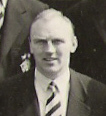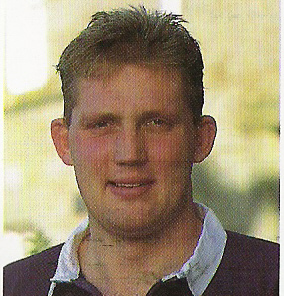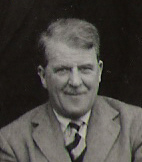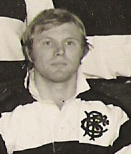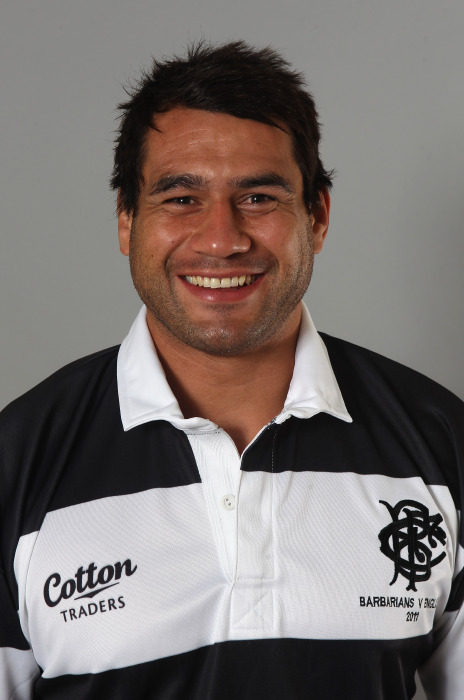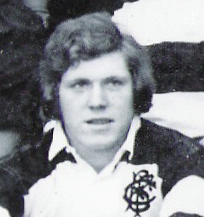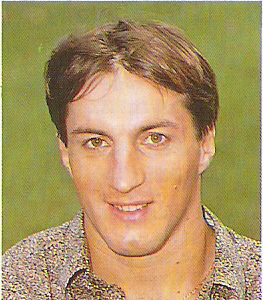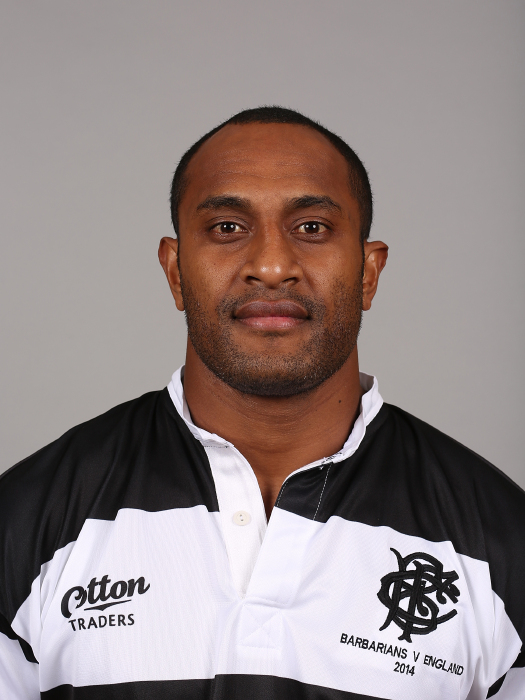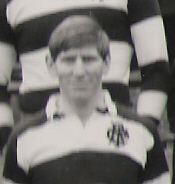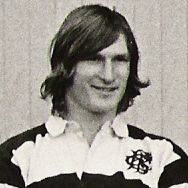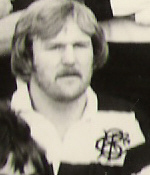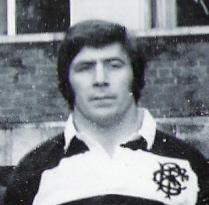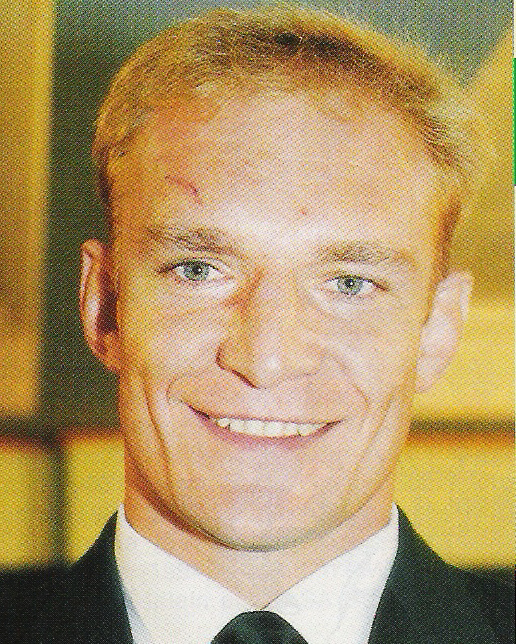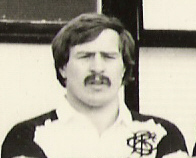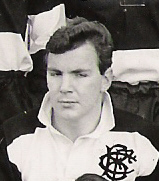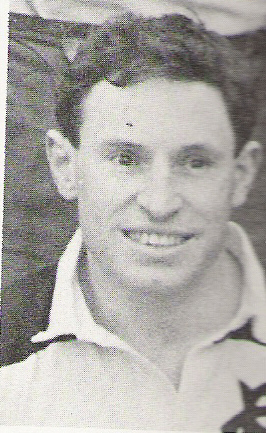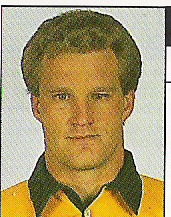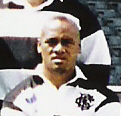
Barbarians
Hall of Fame
Get to know Barbarians past and present by exploring our records for every player to pull on the famous black-and-white shirt
BK
4
Matches
6
Points
FWD
22
Matches
FWD
6
Matches
5
Points
BK
9
Matches
9
Points
BK
23
Matches
41
Points
FWD
6
Matches
10
Points
FWD
18
Matches
17
Points
BK
2
Matches
9
Points
BK
8
Matches
FWD
25
Matches
12
Points
FWD
25
Matches
40
Points
FWD
10
Matches
FWD
19
Matches
FWD
1
Matches
FWD
6
Matches
BK
30
Matches
114
Points
BK
17
Matches
12
Points
BK
1
Matches
8
Points
BK
4
Matches


